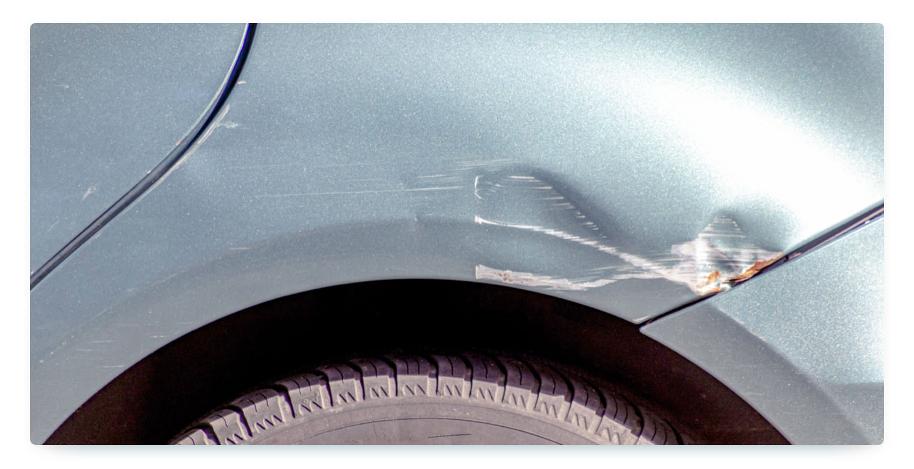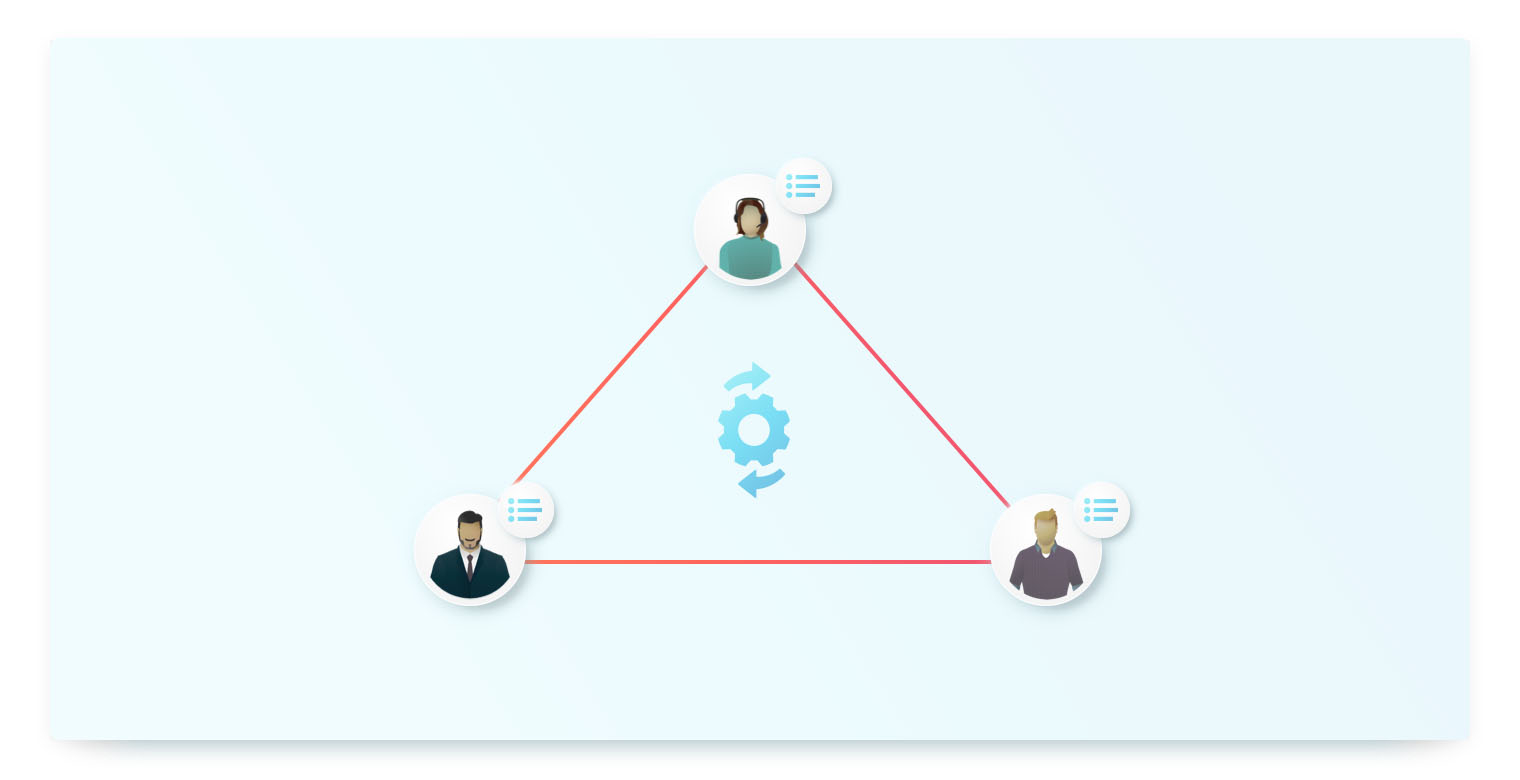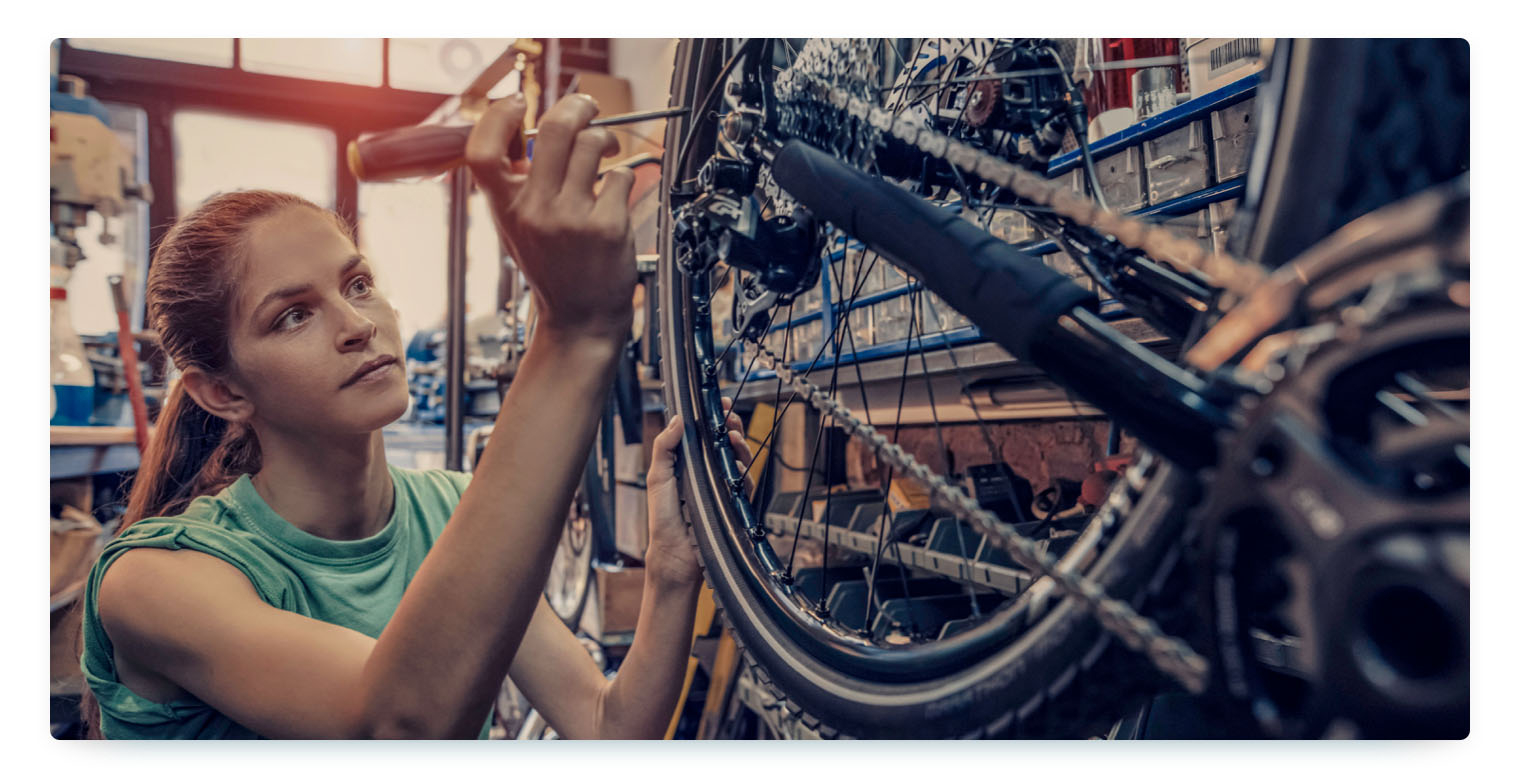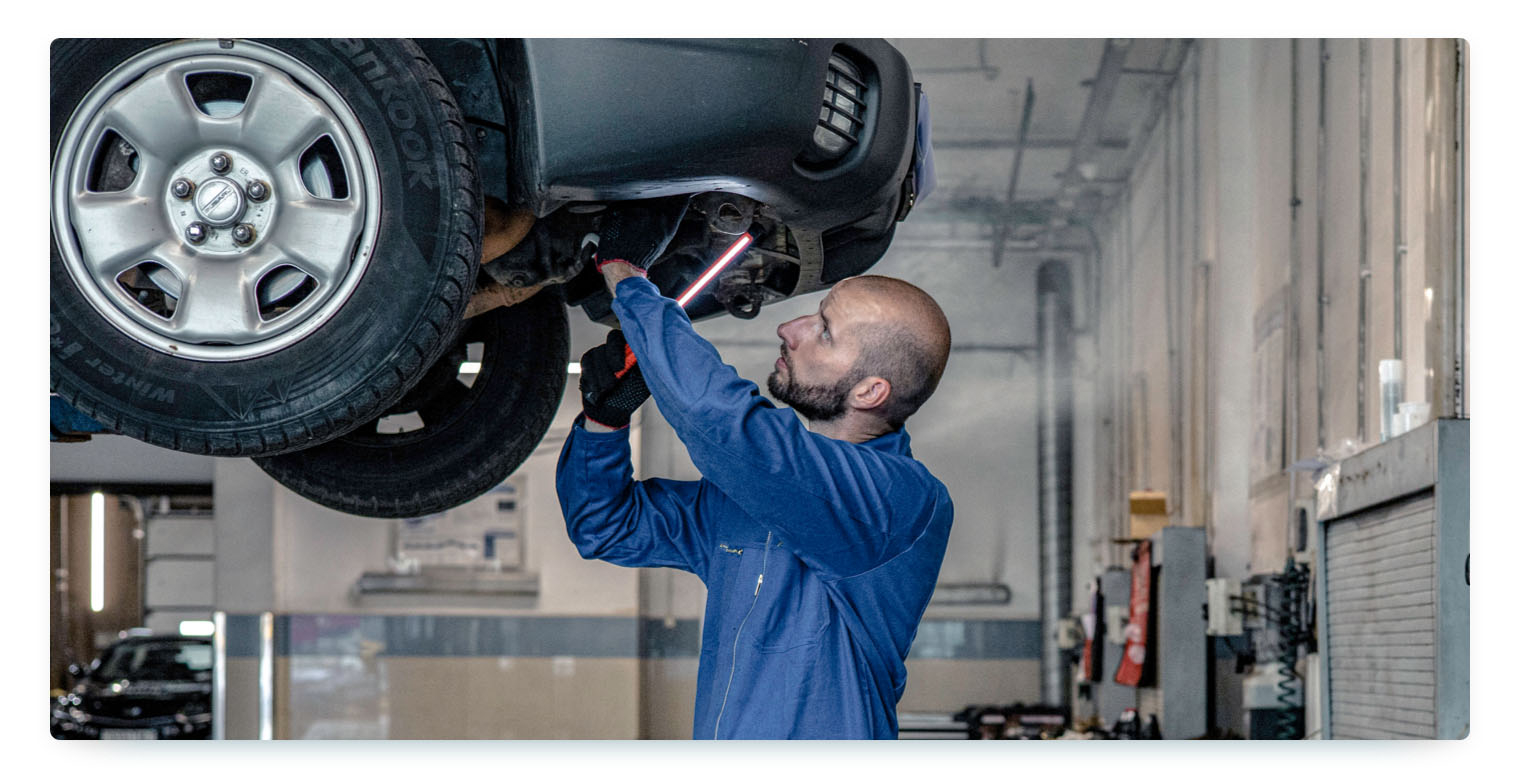According to the Bundesverband Betriebliche Mobilität, employees in fleet management spend around a third of their time processing damage and maintenance. With digital sharing software such as MOQO, you have a tool in hand that allows you to record damage clearly and process it quickly.
In addition, it's necessary to tailor your damage management to your operation in order to make use of your resources efficiently.
We have compiled tips from conversations with sharing providers on the MOQO platform to start right now within this article.
Damage Reporting Feature
How MOQO records damages via app and prepares it for further processing
Damage Reporting Overview >
Academy: Set up the Damage Reporting Feature >
What is a damage?
Before we start, it makes sense to set a common definition for the term damage. The term describes damage to the vehicle that is more than wear and tear. Damage manifests itself in both visual and mechanical defects and requires repair to eliminate. At this point, damage differs from soiling, where cleaning is sufficient.
On the MOQO platform for example, drivers document the conditions of their own or a previous booking via the "Report damage" or "Evaluate vehicle cleanliness" functions.

Best Practices
We have arranged the following best practices according to problems and their solutions. For this purpose, we have compiled feedback on the most common challenges in claims management and the solutions offered by sharing providers.
Reduce manual effort
Claims management involves a great deal of effort and takes up time and resources. As mentioned at the beginning, it can take up to one third of working time.
Reasons
The high effort is mainly caused by the fact that many parties have to cooperate within the claims process. Claims processing becomes inefficient as soon as responsibilities are not clear and processes cannot be handled smoothly as a result.
-> Assign tasks correctly
Assign specific tasks to your team roles and document the distribution of tasks as an organizational chart. Take into account both digital planning and manual execution.
-> Outsource tasks
Find service partners who can take over tasks in the claims process for you. Train them on your tools to enable smooth interaction with internal processes.
On the MOQO platform, you have the option to create maintenance periods in advance or to put vehicles directly into maintenance mode. In maintenance mode, vehicles are not visible to users. Maintenance staff can then access the vehicles via maintenance teams. You can also use the provider task board to plan tasks as a team.

Identify patterns to reduce damages
If your claims management identifies recurring patterns of the same type, it pays to look more closely at the causes.
Reasons
Sharing providers mostly solve new claims reactively, but not preventively. New claims are handled along existing processes, but the processes as a whole are too rarely analyzed. As a result, important insights are left untapped, which could help to significantly reduce costs.
-> Learning to prevent damage
To identify recurring damage, documentation of existing damage is essential.
Evaluate the documented damage to discover recurring damage types. Once you have identified these, the next step is to understand the causes. Often, the description of the cause already reveals an obvious solution, such as adapting the safety equipment of your vehicle fleet or training your users.

Who caused a damage?
The person at fault is not always clearly evident in the case of new damage. However, this is precisely what is relevant in order to clarify the question of costs with the insurance company.
Reasons
There are two reasons for this problem. First, if damage is not reported immediately after it occurs, it cannot be clearly attributed. Secondly, there are often no witnesses who can provide information about the perpetrators.
-> The choice of the right parking space
Find parking spaces for your vehicles that are heavily frequented. This will increase the likelihood that there will be witnesses in the event of damage. In addition, you can park your vehicles in video-monitored locations so that you can access evidence in the event of damage.
-> Narrow down potential time period
Implement routine checks of your vehicles to detect damage as early as possible. In this way, you limit the period in which damage could have occurred. You can carry out the comparison of the users via the booking entries.
-> Artificial intelligence
Artificial intelligence as damage detection software analyzes real-time data while driving and uses it to learn to detect and locate damage to the vehicle. If the software detects new damage, all you have to do is match which person was using the vehicle at the time.
Uncover invisible damage
Mechanical damage, for example to the engine, transmission or brakes, which does not directly lead to vehicle failure, more often goes undetected. Undetected, this damage impairs road safety. If this results in an accident, not only the costs increase.
Reasons
Such damage cannot be checked during the damage reconciliation process prior to booking, as the users do not have the time, equipment and know-how.
-> Regular inspections
Have your vehicles checked regularly by internal or external specialists. They can detect signs of wear and tear, possible defects and other deficiencies and solve the problem before it develops into serious damage.
-> Artificial intelligence
Artificial intelligence in the form of damage detection software also helps in this case by analyzing real-time data. This technology is still in its infancy. Initial approaches to this are offered, for example, by the CarValoo software mentioned above.

Avoid false damage reports
Due to missing or incorrect information in the damage recording, the processing of the damage sometimes turns out to be more time-consuming than necessary.
Reasons
Users are often in a hurry before starting their journey and want to start as quickly as possible. The damage reconciliation should therefore be documented as intuitively and clearly as possible.
-> Sensitize users
Point out clearly in your communication that damage checks and the reporting of new damage prior to booking is primarily intended to protect users so that they do not have to assume liability for damage caused by others. Use your initial contact channels such as websites and social media or even direct notices on the vehicle to provide information.
-> Penalties for silent damage
Through the MOQO platform, you can distribute penalty fees to sanction the incomplete reporting of damages, ensuring that users carefully perform the damage reconciliation before the next booking.
-> Temporary exclusion of individual users
Another way to sanction users for not reporting damage is to temporarily exclude them from the sharing service.
Deal with temporary vehicle failure
Vehicles are unavailable to users during maintenance. A lack of communication about this situation results in unnecessary queries and resentment, which lower your image in the long term and takes up your capacities.
Reasons
A lack of communication between sharing providers and their users prevents the necessary flow of information. Especially when users have already booked a vehicle for the maintenance period and the booking is now canceled by you, clear communication is important to keep the annoyance on the user side as low as possible.
-> Customer centered communication
Customer-centered, transparent communication is essential for the satisfaction of your users. If maintenance can be planned, inform your users about the duration and reason for the maintenance period before it begins. For this purpose, use the communication channels of your target group, such as social media, website, chat groups, or newsletters. It is best to incorporate this communication measure into your damage management process so that it becomes routine.
-> Substitute vehicles
If possible, provide your users with backup vehicles to prevent them from looking for general replacement solutions.
The operator portal of the MOQO platform makes it easy and fast to set up new operations for the desired period.
For Direct Use
By taking a critical look at your processes and becoming aware of current vulnerabilities, you can reduce the burden on your team and save on damage management costs. The best practices shown in this article will help you to initiate initial improvements.
However, to ensure that you operate a resource-efficient damage management process in the long term, you should regularly revise processes and tailor them precisely to the needs of your operation.





